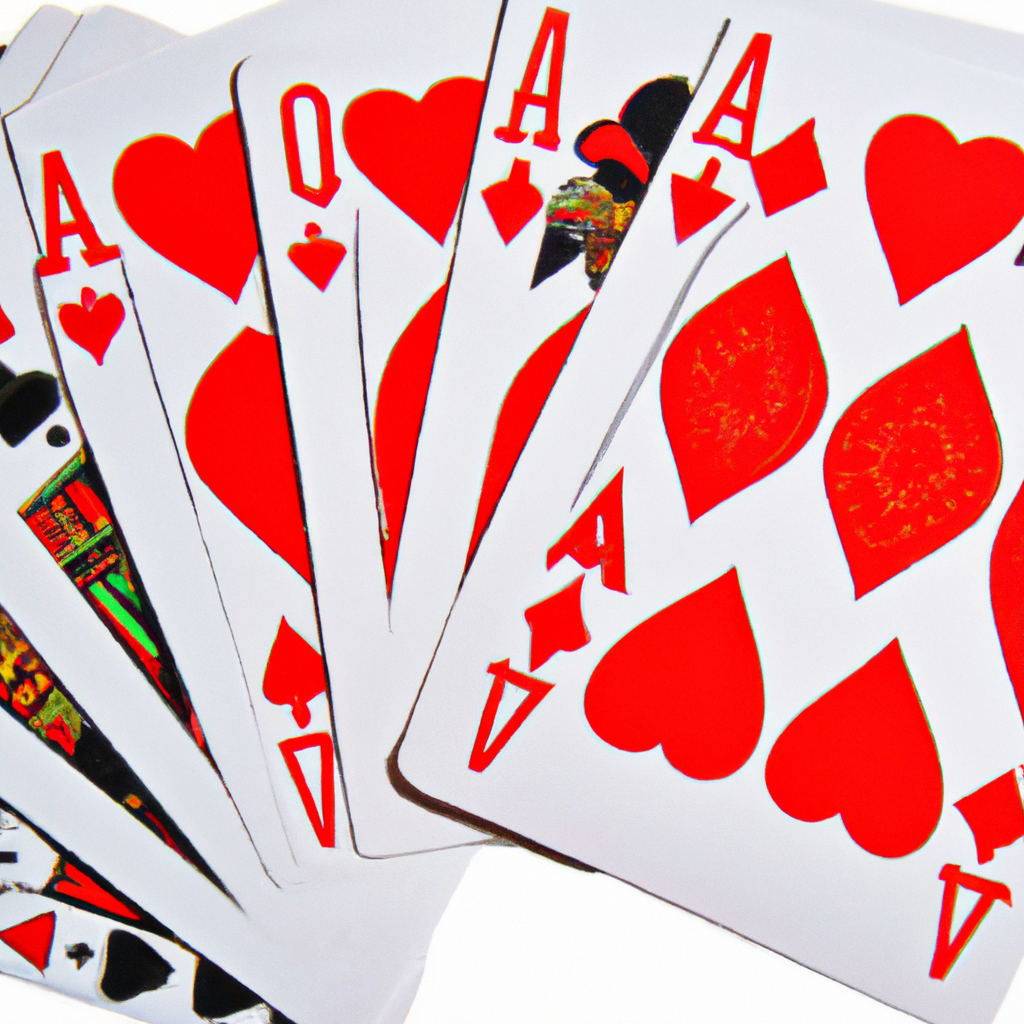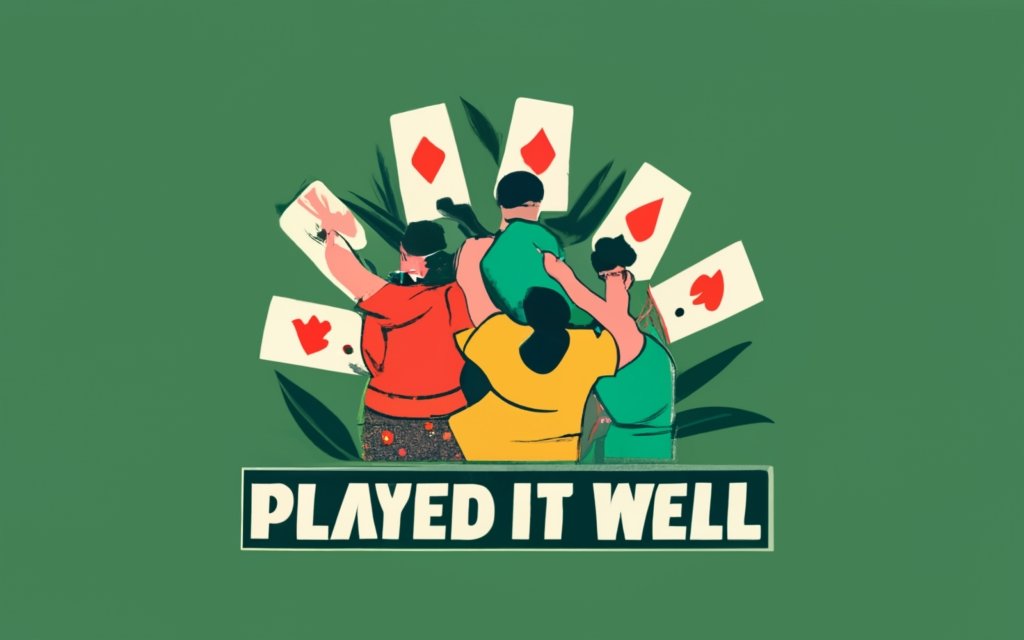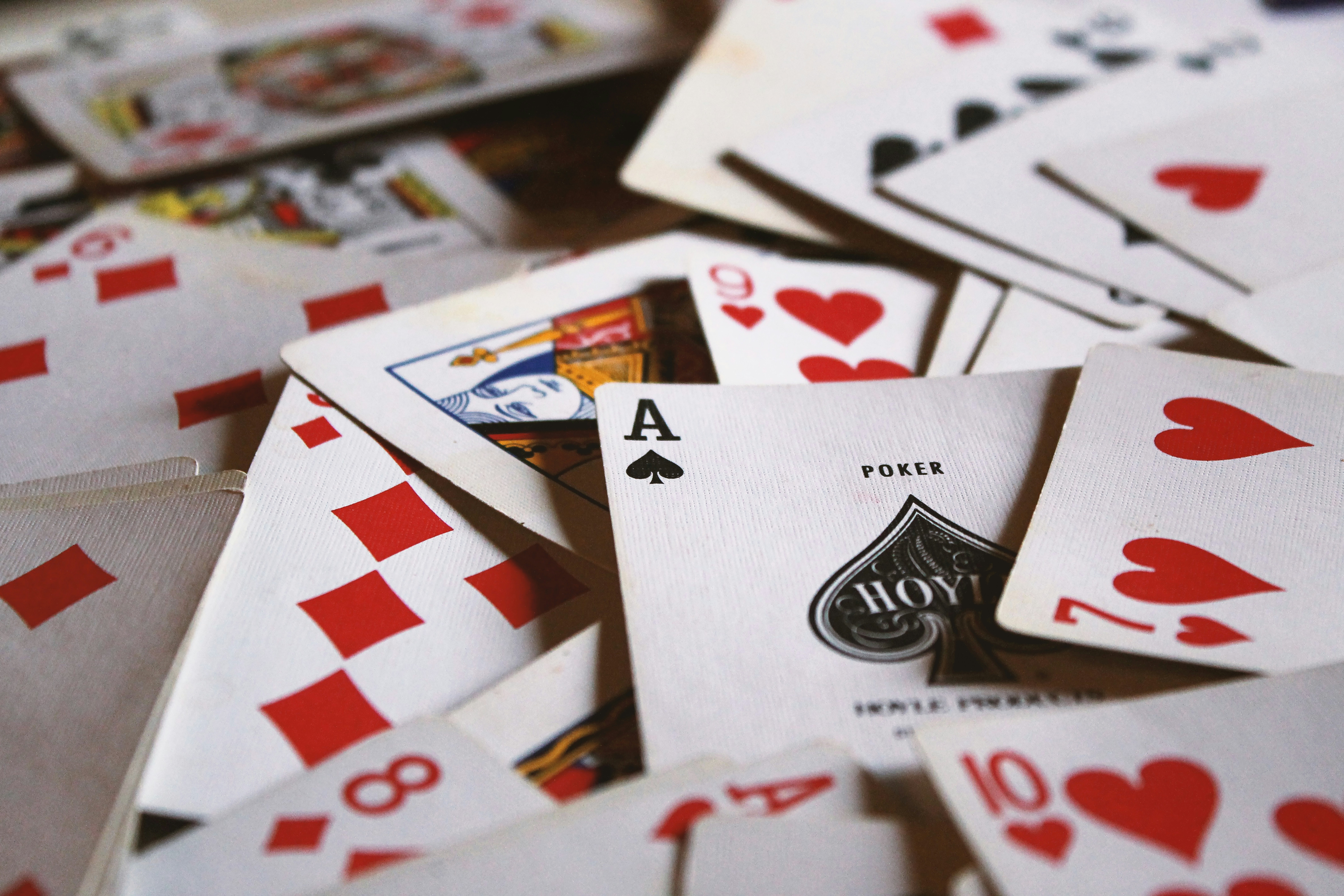You’re about to take a fascinating journey through the intriguing world of playing cards and specifically, red cards. With a stimulating balance of facts and trivia, “How Many Red Cards Are In A Deck” serves as your comprehensive guide to understanding the layout and structure of a standard deck. This enlightening piece takes a deeper look at the nature of card games and the significance of different cards, bringing to light the exact number of red cards you’d find in any given deck. If you’ve ever been curious about the mysteries that lie within the 52-card ensemble, this article will surely pique your interest!
Understanding the Deck of Cards
Have you ever wondered about the anatomy of a typical deck of cards? Many of us probably take for granted the structure and system behind this tool of entertainment. Let’s delve a little deeper and see what they’re all about.
Number of cards in a deck
Most common decks consist of 52 cards. They’re designed to provide a balance across various games, ensuring no single player is statistically advantaged due to the card count.
Components of a deck: Suits and their colors
Within the 52 cards, they are divided into four suits: hearts, diamonds, clubs, and spades. Half of the suits are red, hearts and diamonds, while the other half, the clubs and spades, are black.
Difference between face cards and number cards
What are face cards and number cards, you ask? Face cards are those bearing images, such as the King, Queen, and Jack. In contrast, number cards range from 2 through 10 with their respective numeric denomination. Both are equally important in the game world and play distinct roles depending on the game rules.
Different Types of Card Decks
Did you know that not all card decks are identical? There have been numerous variations over the centuries!
Brief history of card decks
Card decks have a rich and varied history. They originated in China during the Tang dynasty and later came to Europe in the 14th century, slowly evolving into the various forms we have today.
Standard 52-card deck
The standard 52-card deck is the most common and recognizable one. It includes the four suits of hearts, diamonds, clubs, and spades, each suit containing 13 cards: Ace through 10, and the face cards King, Queen, and Jack.
Other types of decks and their compositions
There are many other types of decks, each with its unique composition, such as Pinochle’s 48-card deck and Euchre’s 24-card deck. Some decks are specifically tailored for particular games and can dramatically differ from the standard 52-card setup.
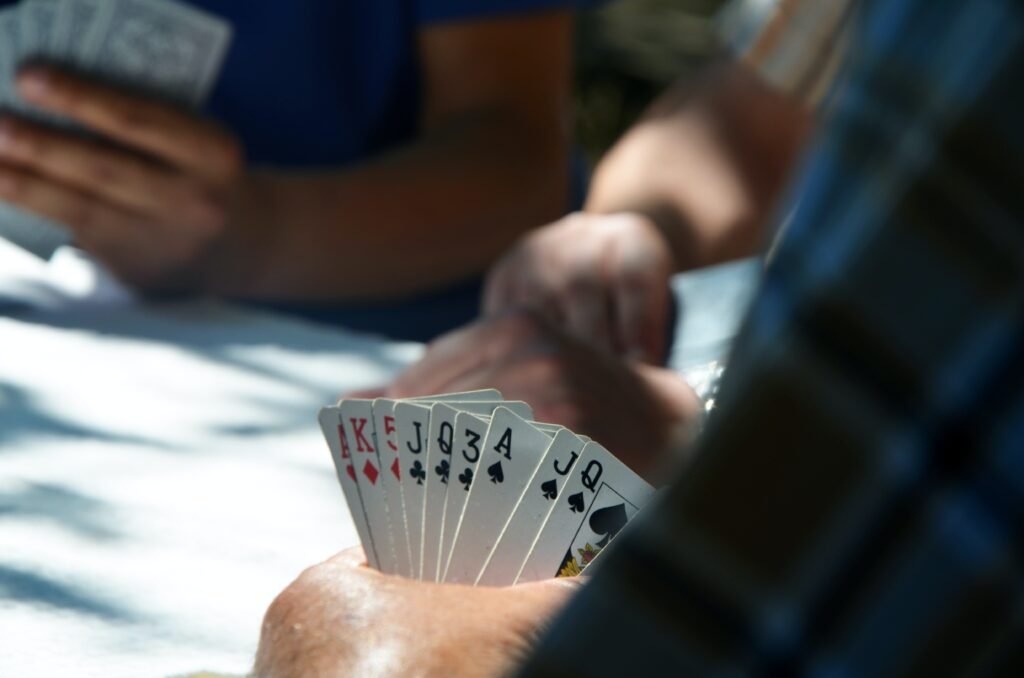
This image is property of images.unsplash.com.
Comprehending the 52-card deck
Your average 52-card deck might not be so average after all.
Four suits in a deck
Every deck is divided into four different suits, each equally represented. The four suits create a balance in the game, leading to fair play.
Colors of the suits: Red and Black
As mentioned earlier, suits are further divided by color into two categories: red and black. Hearts and diamonds get the vibrant red color while clubs and spades are presented in black.
Cards in each suit: Ace through King
Each suit includes an Ace, numeric cards from 2 through 10, and face cards: King, Queen, and Jack, making a total of 13 cards per suit.
Cards Composition: The Red Cards
Did you ever stop to think about the red cards during your poker game?
Identification of red cards
In every deck, there are precisely 26 red cards. These cards belong to the suits of hearts and diamonds.
Hearts and Diamonds: The red suits
Red gets represented in a deck by the hearts and diamonds. Each of these suits holds 13 cards in congruence with the total suit card count.
How many red cards are in each suit
As you now know, each suit whether red or black, contains 13 cards. This consistency ensures a balance in games, regardless of the suitsomeone gets.
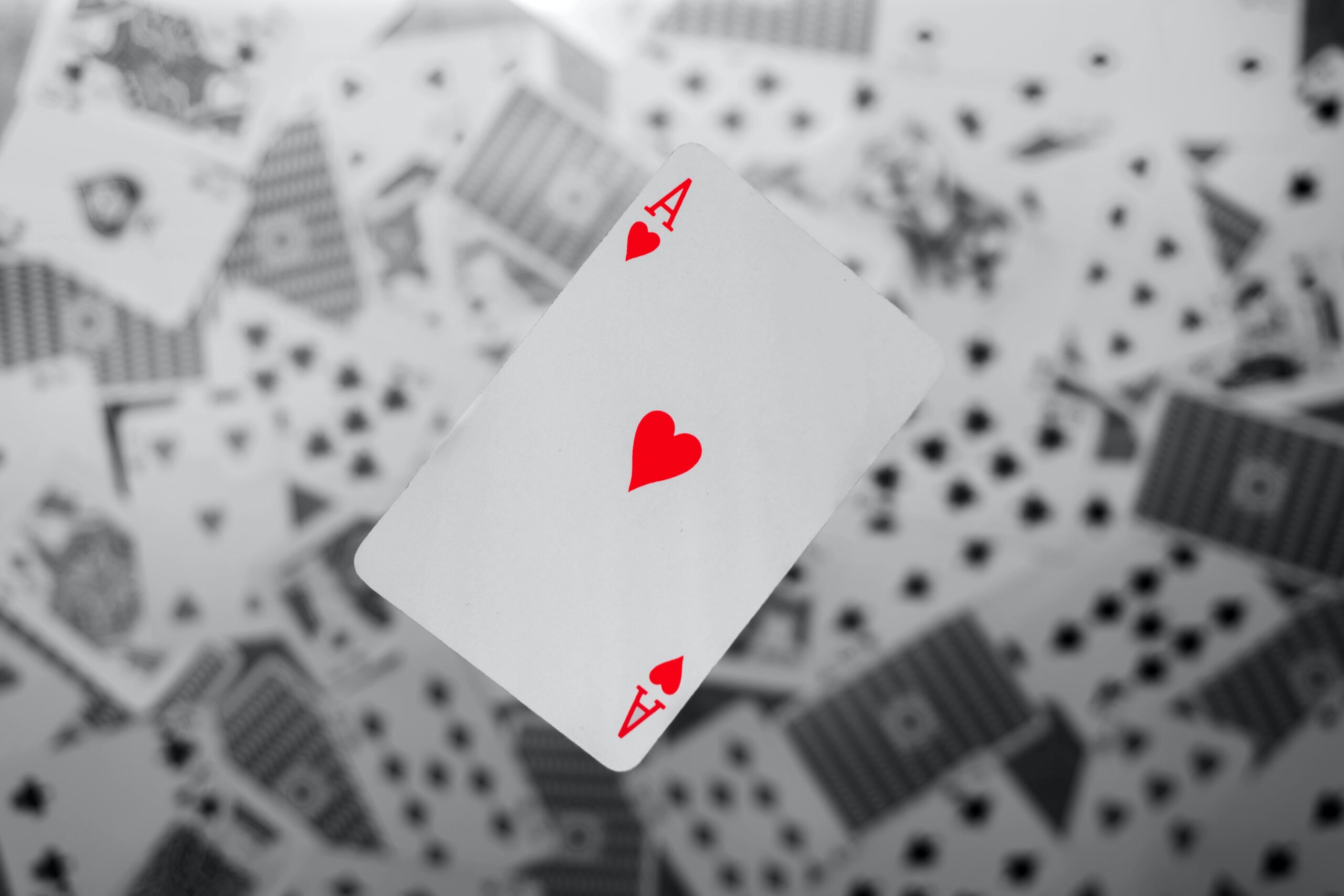
This image is property of images.unsplash.com.
Significance of Red Cards in Different Games
Are red cards treated any differently in card games? Let’s find out!
Role of red cards in Poker
In games like poker, the color doesn’t play a role in the game mechanics. However, player strategies might integrate color patterns at times.
Use of red cards in Bridge
Similarly, in Bridge, red cards don’t have any special function other than serving as half of a player’s potential hand.
Impact of red cards in other popular card games
In other games, red cards might hold a different or no special meaning at all. What’s important is that the deck is always fair and balanced.
Changing Number of Red Cards: Variations in Decks
While a 52-card deck is standard, certain games require different decks.
Pinochle and other 48-card decks
Games like Pinochle use a 48-card deck, reducing the number of each color. Here, the red cards reduce to 24.
Euchre’s 24-card deck
Euchre goes further and employs only a 24-card deck. This not only reduces the total card count but also affects the count of red cards, bringing it down to 12.
Other decks with varied red card count
Other games might have their unique decks, leading to an unusual number of red cards, but the principle remains the same: balance.
This image is property of images.unsplash.com.
Understanding the Probability of Drawing a Red Card
When drawing cards, every player questions, “What are the chances?”
Probability basics: Single draw from a 52-card deck
If you draw a single card from a 52-card deck, the chance you’ll draw a card of any given color is 50%. With 26 red cards, your chances are just even!
Probability scenario: Drawing multiple cards
But of course, probabilities change when more than one card is drawn. The more you withdraw, the more the potential pool of red cards dwindles, changing the odds with each draw.
Changing probabilities: How removal of cards affects outcomes
Every drawn card affects the remaining probability. So, if you draw a red card, the likelihood of drawing another red card decreases slightly.
Practical Applications of Red Card Probabilities
It’s not all fun and games; probabilities have real-world applications too!
Strategies in card games: Using probabilities to your advantage
Many card players leverage probabilities to strategize and increase their chances of winning. Knowing how likely you are to draw a red card can influence your next move!
Educational applications: Teaching probability in classrooms
Teaching kids about probability can be fun using a deck of cards. It’s a simple, impactful demonstration of a usually complex mathematical concept.
Risk management and decision-making: Real-world applications of probability
Outside the gaming world, understanding probability can help make decisions regarding risk management, stock investments, and much more.
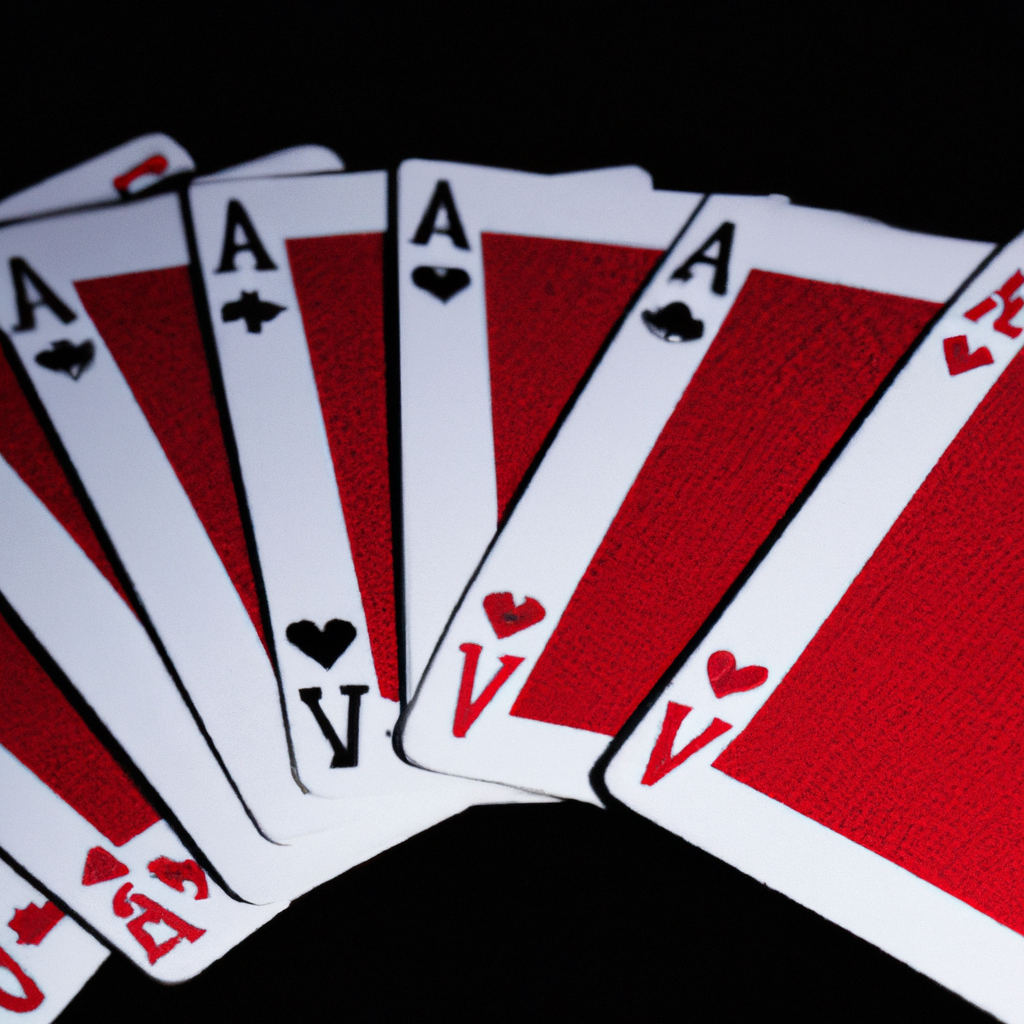
Common Misconceptions about Red Cards
Have you ever heard rumors about red cards being unlucky? Let’s debunk some myths!
Common myths: Are red cards unlucky?
Some people superstitiously believe red cards bring bad luck. But remember, luck is a matter of perception and not dictated by the color or any attribute of a card.
Fact vs fiction: Dispelling misconceptions
Let’s set the record straight: red cards aren’t intrinsically good or bad. Their value is determined by the game rules and, honestly, how you play your hand.
Understanding randomness and luck in card games
In card games, outcomes are determined more by randomness than by any inherent traits of the cards themselves. Luck has always been a fascinating aspect of card games, making them unpredictable and exciting.
Relating Red Cards to Card Tricks and Magic
Ever seen a magician pull out a red card from his sleeve?
Use of red cards in popular card tricks
In card magic, red cards are often favored due to their high visibility and psychological impact. It’s all about perception and appeal!
Color and perception: Why red is favored in card magic
The color red tends to grab attention and hold it, making it ideal for high-impact maneuvers. Plus, the personal preference of the magician might sway towards red cards.
Understanding the skill and sleight of hand involved in card tricks
Creating illusions with cards is a skill that surpasses which cards are used. It involves dexterity, misdirection, and years of practice. A red card might make a trick visually appealing, but the real magic lies in the hands of the performer.
In conclusion, a humble deck of cards is more than meets the eye. Each card, red or not, carries with it a history of games past, a potential for games future, and a world of complexity within its simple design. So, the next time you draw a red card from the deck, remember the depth it carries, and, of course, play your cards right!
